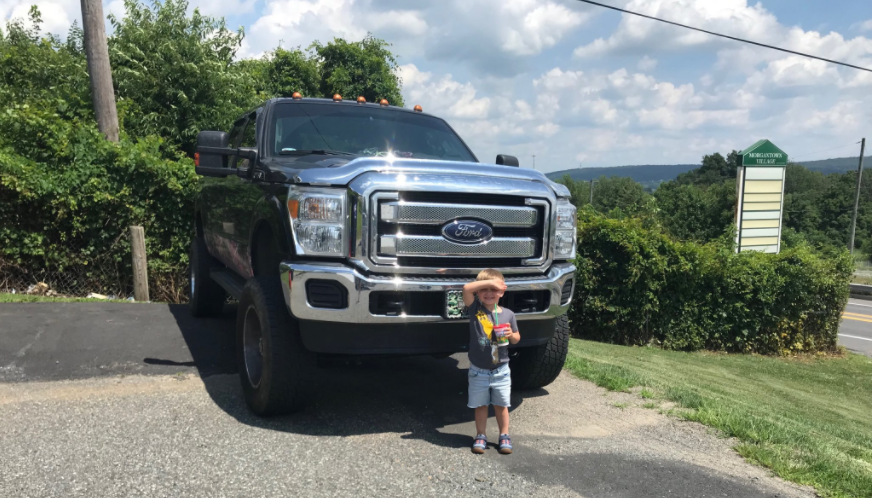This week we’re joined by Sujata Srivastava, Chief Policy Officer at SPUR, to discuss a recent policy brief entitled The Next 100 Days: An urbanist decision-making framework for San Francisco’s new mayor.
We discuss reforming the city's governance structure, what's needed for downtown recovery, transit policy and climate resilience.
Scroll past the audio player below for a partial edited transcript of the episode — or click here for a full, AI-generated (and typo-ridden) readout.
Jeff Wood: I wanna go back to BART and Muni, because I think that’s a really important point and something that you all brought up a couple of times in the document.
We need to fund BART and Muni. I know that, for me, as somebody who doesn’t own a car in San Francisco, they’re my lifeline to get to different parts of the city and I find them very valuable, but only if the frequency’s high, right? I don’t wanna be waiting 20 minutes, 30 minutes for a bus when it should be five, 10 minutes waiting for a bus.
I’m okay waiting for five to 10 minutes, otherwise A, I’ll just walk, or B, I just won’t make that trip. Those are the choices that we have. And so how do we figure out how to fund Muni and BART when our funding from the federal level is obviously not coming anytime soon? And then we have all these other competing resource needs from the state, locally. We’ll get into resilience funding and stuff like that later, but there’s only so much money and there’s so much need.
Sujata Srivastava: Yeah I think it’s always really hard because everybody, when it’s budget season, everybody has their case to be made. I think what we’ve emphasized is that the state of California underfunds transit compared to many other states. There’s just not a lot of funding coming from the state of California to our transit operators.
And we really need to emphasize that transit helps to meet California’s climate goals. It also helps the economy, right? Without transit, it’s really hard for people to get to work, for us to be able to power all of the things that we need to be powering. There’s a workforce related to the transit operations, too.
So there are all these implications if our transit system fails for our economy, which I think sometimes gets lost because so many people are like "I don’t take transit," but they don’t really realize that it undergirds the entire regional economy. We’ve also been tying it, like I said before, to the downtown recovery.
It’s really hard to ask people to come back to the office if they can’t get there because the trains are only running once an hour. And I think, unfortunately, this is the death spiral that people talk about. When you have really poor services for a public good and the quality of that public good keeps deteriorating, it makes it harder to get people to take advantage of that and to be able to make the case for continuing to fund it.
So we really need to address it now because I think once you have those cuts, it’s much harder to restore the service and to restore the ridership.
Jeff Wood: And we have examples of when we have good service, people use it. The ridership on the 22, the 24, on 49, which is the Van Ness BRT — those are higher than before the pandemic.
I notice that 22 is packed going through the Mission and then over to the other side of the city, and it’s not going to downtown. So there’s definitely a need for it. And it comes every five minutes. It’s super frequent. And so people are using it. And so that’s one of the things that I feel like, I don’t know if we sing our praises enough of the things that we’ve done right, to let people know that this is creating value because we’ve generated service and then the ridership is way up. I know some of the lines going downtown aren’t as high as they were before because of the downtown lost workers and things like that, but the rest of the system, there’s a lot of lines that are doing really well.
And so one of the things I wish we would do more is, like, sing the praises of those lines and tell people, "Hey look what happens when we fund service." More people take it. It creates more access for people to go buy things, to go to work, to connect with their friends. For me, I go to, Kaiser on Geary using the 24. It’s like the connection between all these different things.
I also have lots of crazy funding ideas, Like, why don’t we just throw stuff out like, I know that I saw yesterday that Oregon was talking about creating their own cap and trade to match what California’s done, what Washington state’s done. I know that China and other countries in the Pacific Rim have cap-and-trade programs.
Like, why don’t we just create a consortium and then have all of our agencies sell credits to the system? Why can’t we fund it that way? Or, I’ve told this story, and I’ve written this in my newsletter as well, is like, why can’t create a public utility in San Francisco? Take away PG&E, right?
And create that, and then set up charging infrastructure for cars and then take all the profits from that and then use that from Muni. There’s all these pie in the sky ideas. But I wish we could explore them and think about them and maybe you guys have actually at SPUR, but there’s, like, a lot of little things. Obviously the state has a role to play. Obviously there’s funding from sales taxes from ballot measures and things like that, but I wish we’d explore all the options.
Sujata Srivastava: Yeah, and there was the Lyft/Uber tax from last year, which would’ve passed if it hadn’t been for a competing ballot measure that preempted it. But that’s an example of where, I think, voters would be supportive of trying to create some new funding sources for Muni operations and maybe even for other things, right? Like for more bikes and more multimodal options.
Jeff Wood: Do you have a preference on funding?
Sujata Srivastava: It’s gonna sound super general because we haven’t done any deep analysis on any of these other specific sources, but when you can attach the impact of the thing, and the benefit of the thing, that’s the best kind of tax, right? So for example, taxing polluters to pay for clean energy makes a lot of sense. To the extent we could think about that type of nexus and what those ties might be in the transportation space, congestion pricing is a really good example of that because you’re taxing the thing that is creating the impact to be able to lessen that impact and mitigate against it into the future.
So I’m a fan of those kinds of pricing models, but I know they’re very politically fraught.






